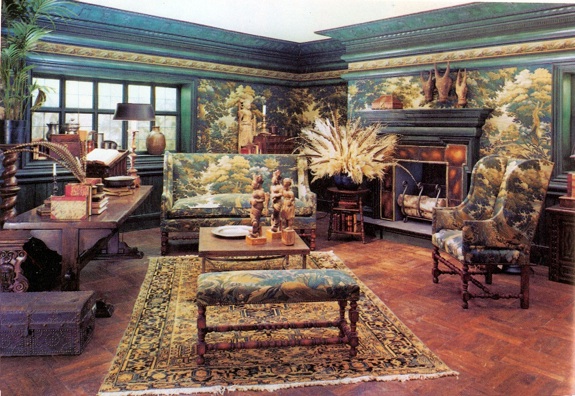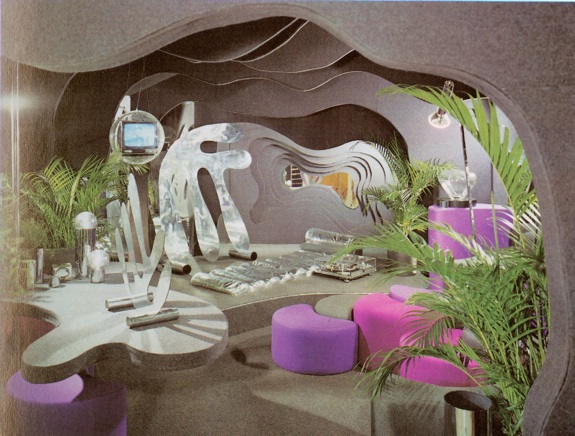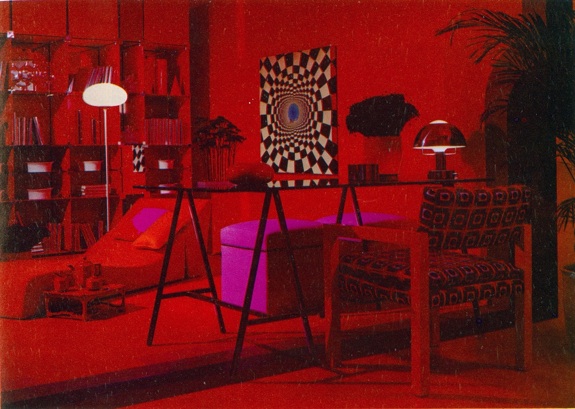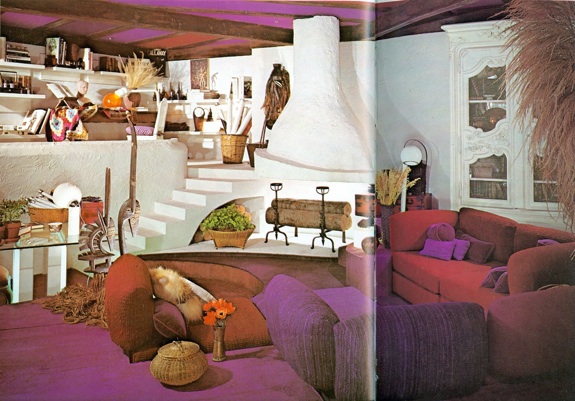Remembering Bloomingdale’s Chairman, the Dearly Departed Martin Traub, 1925-2012
The department store chain’s visionary executive beat the competition in exotic fashion flair

Marvin Traub was a retailer who brought theater into the department store world with opulent merchandising displays.
The passing of Marvin Traub this Wednesday, the former chairman and chief executive of Bloomingdale’s, is bittersweet. Sadly, his death fortifies the end of the lavish department store era. But his New York Times obituary includes some rich details about the department store’s storied history that are a cultural delight.
Seeing the perfect pairing, I’ve interspersed a set of ornate images from a 1973 Bloomingdale’s Book of Home Decorating with descriptions from his Times obit detailing Bloomingdale’s merchandising decadence in the 1970s and ’80s under his reign. As a fashion-savvy retailer, Marvin Traub introduced designers such as Ralph Lauren and Donna Karan, who became household names.

“As if Bloomingdale’s had its own foreign policy, he saluted China, Italy, France, Portugal, Ireland and Israel with lavish productions that featured not only traditional furnishings, clothing and gourmet foods but also displays of artifacts from antiquity, glittering dinner parties and guest lists that included ambassadors, business titans, movie stars, presidents’ wives and sometimes royalty.”

Jacqueline Kennedy, Lady Bird Johnson and Betty Ford were patrons. During America’s Bicentennial celebrations in 1976, Mr. Traub escorted Queen Elizabeth II and Prince Philip through crowds of gawking shoppers as the royal couple took in Wedgwood china, winter sportswear reminiscent of Britain’s hunting gear and reproductions of English antique furniture.

For “India: The Ultimate Fantasy,” in 1978, Mr. Traub deployed life-size papier-mâché elephants and camels in primary colors, wooden temple carvings, silk banners waving from the ceilings, and kohl-eyed Indian women, who mingled in their saris and bangles with patrons in musk-scented halls overflowing with Indian jewelry, accessories, apparel and home furnishings.

When Mr. Traub decided to build a new restaurant in the flagship store in 1979, he created Le Train Bleu, a reproduction of the 70-foot dining car that once made the Lyons-Marseille-Monte Carlo run in style: mahogany paneling with green channel-quilted trim, beveled mirrors, Victorian lamps and brass luggage racks — to hold shopping bags, of course — all tucked into the sixth-floor housewares department.

In 1980, “Come to China at Bloomingdale’s,” a six-week pageant Mr. Traub negotiated in Beijing like a treaty, featured an entire Cantonese farmhouse, a Chinese garden pavilion and 20 exquisite robes from 1763 to 1908 that had never been seen outside the Forbidden City. He filled 14 branch stores in the Northeast with enough food, fashions and filigree for 11 million shoppers.

In 1984, his $20 million “Fête de France” was a cornucopia of chocolate by Mazet de Montargis; oils, herbs and pâtés from Provence; the fashion creations of 25 designers; replicas of silver from the liner Normandie; and sculptures from the Georges Pompidou Center in Paris. It began with a dinner for 1,600 people who paid $200 each to talk at one another above a crush of shoulders and satin.

“We are not only in competition with other stores, but with the Guggenheim and the Met,” Mr. Traub once explained.
Images: Nadja.Robots
/https://tf-cmsv2-smithsonianmag-media.s3.amazonaws.com/accounts/headshot/emily-spivack-240.jpg)
/https://tf-cmsv2-smithsonianmag-media.s3.amazonaws.com/accounts/headshot/emily-spivack-240.jpg)